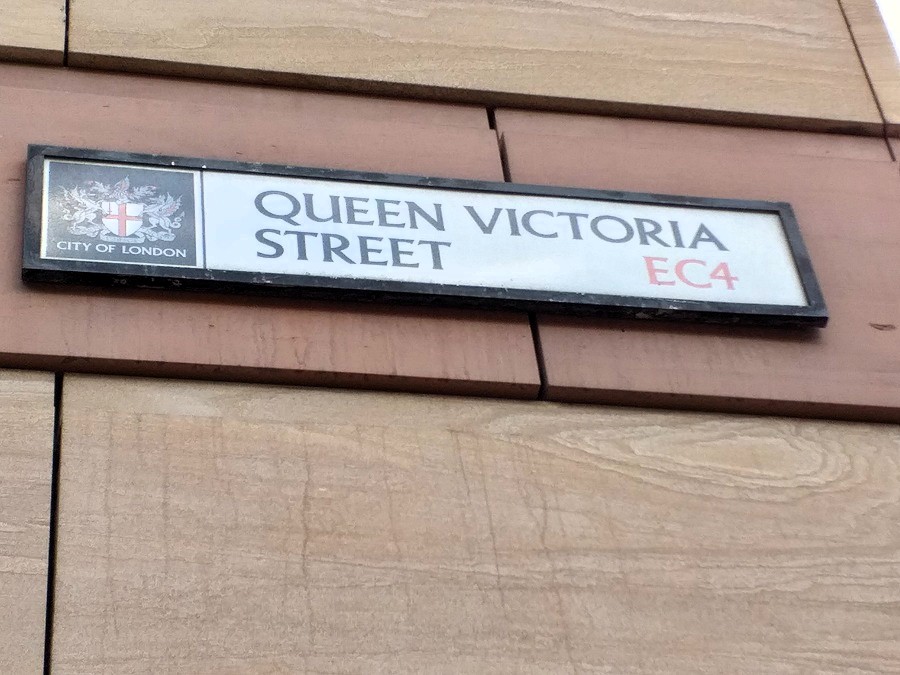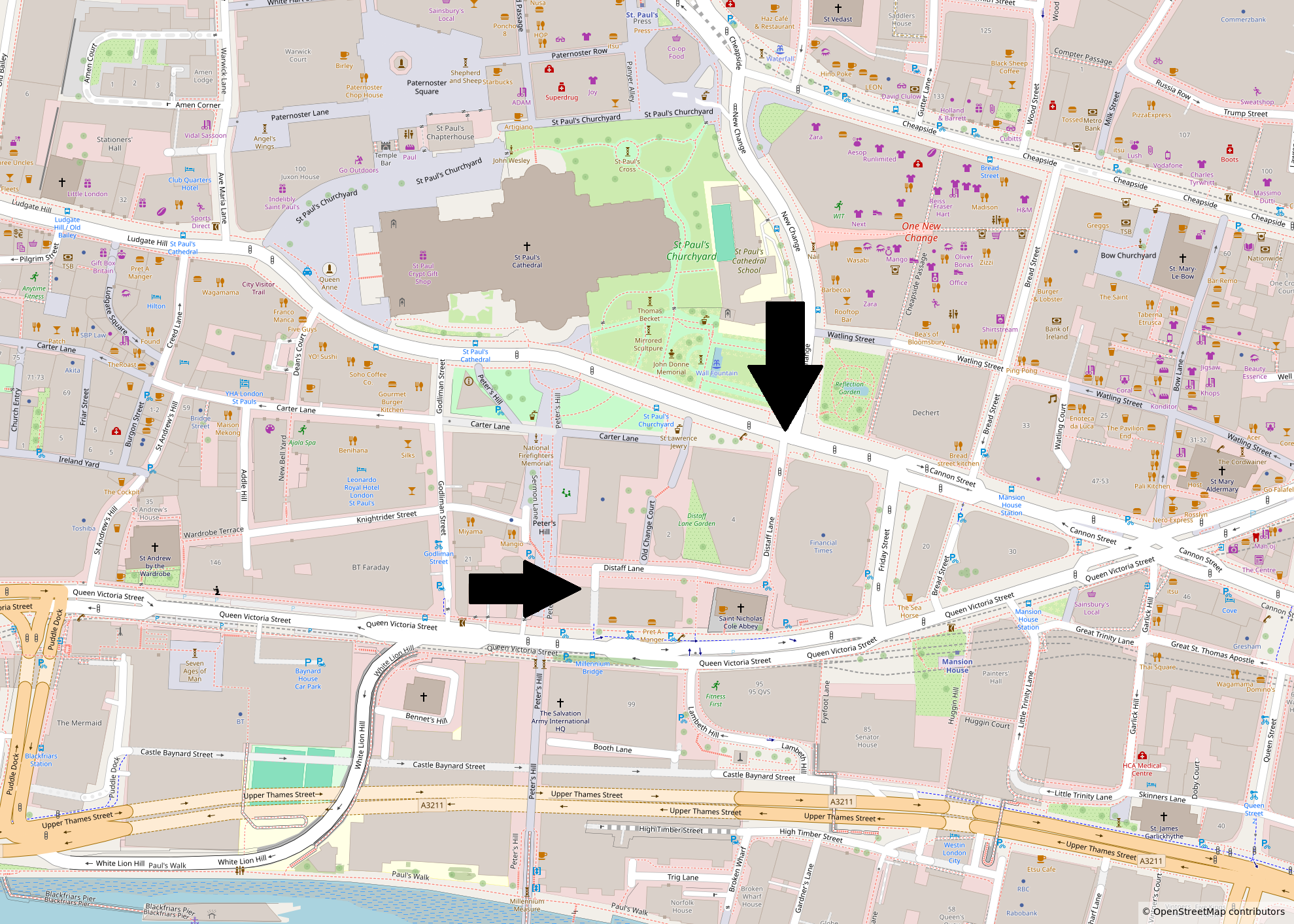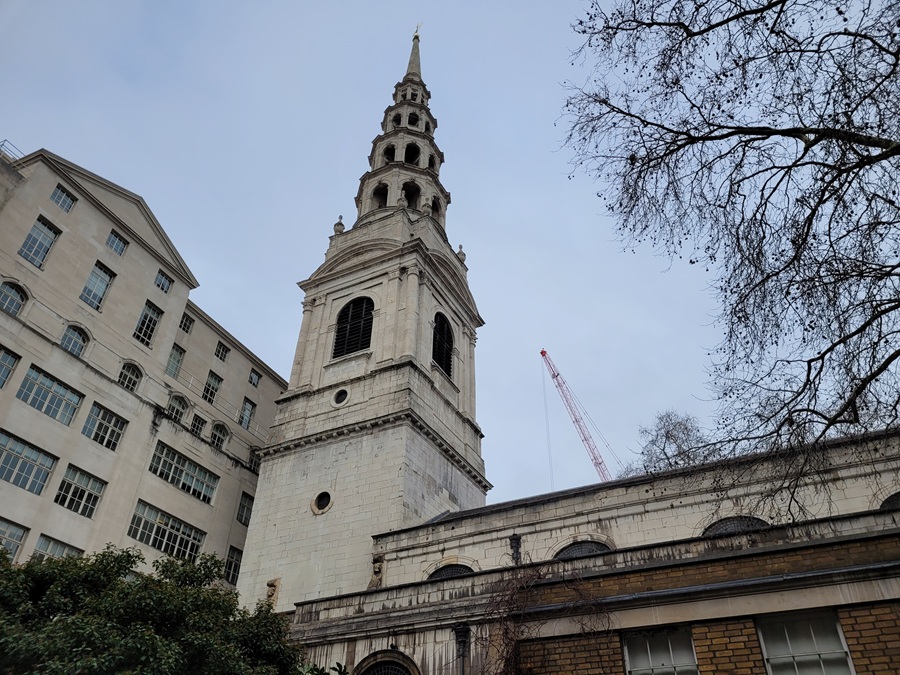by Dorothee Schröder
Old Bailey is a street in the City of London that is home to the Central Criminal Court of England and Wales, which is also commonly referred to as the Old Bailey. The street runs from the junction of Holborn Viaduct and Newgate Street in the north to Ludgate Hill in the south and follows the line of the ancient, fortified wall around the City of London, which was part of the old bailey. The street is dominated by the Central Criminal Court and its historical connection to the infamous former Newgate Prison, where prisoners were held from 1188 to 1902. As the original courthouse was located nearby, prisoners could easily be taken to their trials. Moreover, Old Bailey’s location between the City of London and Westminster made it an ideal site for any trial concerning Londoners north of the River Thames.
Due to the extremely poor conditions in which prisoners were kept, as well as the spread of disease, Newgate Prison was rebuilt between 1770 and 1778. During the Gordon Riots of 1780, it was burnt down — many prisoners lost their lives in the flames, while about 300 managed to escape temporarily. The prison was rebuilt two years later, and executions were then moved from the Tyburn gallows to Newgate Prison, where they took place on the street outside the building and attracted great public interest. Only in 1868 were executions moved inside. Standing beside Newgate Prison, Old Bailey became equally renowned as a site where death sentences were carried out.It was here that the last beheading in the country took place in 1820.
Over the centuries, the Old Bailey courthouse was rebuilt several times. When Newgate Prison was finally closed in 1902 and demolished in 1904, the new Old Bailey courthouse was erected on the site. The building is crowned by an impressive statue of Justice, which differs from most other depictions in that she is not blindfolded. Old Bailey has been the scene of many famous trials, such as those of Oscar Wilde (1895), the Kray twins (1969), and Peter Sutcliffe, the “Yorkshire Ripper” (1981).
Walking through the area around Old Bailey, you can feel how deeply the past and present are intertwined in this part of the City.
Cover picture: Old Bailey (Photographer: Philipp Röttgers)




